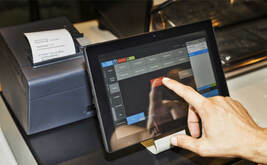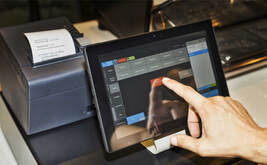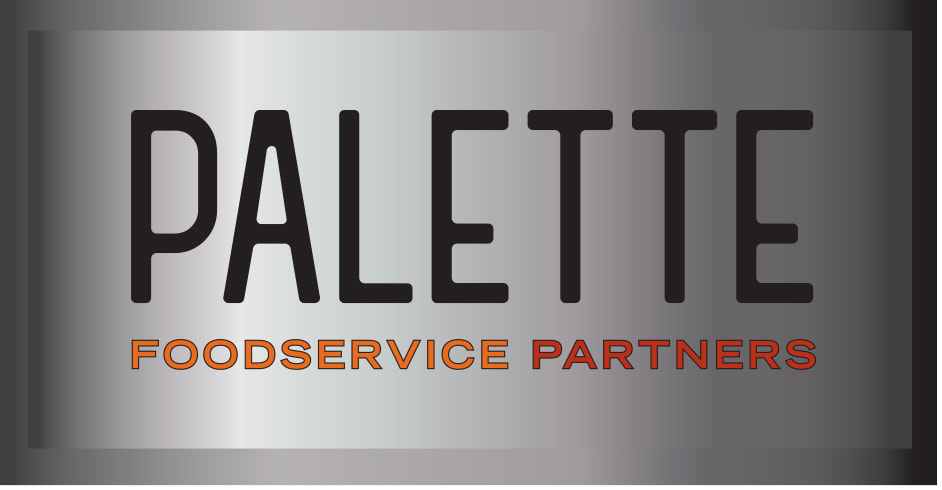 When you read your restaurant’s guest reviews, where do you see opportunities to improve your hospitality? If negative feedback tends to be more about the speed and ease of your service than about your menu, you may be able to make some marked improvements to their experience using tech. For some guests, it may not take much to tarnish an otherwise positive dining experience: Perhaps they have to wait for their check when they are eager to leave, are unable to easily split the bill when dining with a group, come in starving and don’t know when their order may arrive, have a less-than-smooth ordering process on your website or mobile app, or struggle to find a member of staff when they have a problem with their meal. Looking at your guest journey, both in your dining room and offsite, where are people apt to hit snags? Can your current tech stack help streamline those issues? At the same time, consider how you can tap these tools to gather feedback from guests at the precise point when it is most helpful to your business – like immediately after guests finish their meal, or, in the case of a problem with an order, an alert in the moment.  Restaurants need to invest in technology in order to compete, but the options can be dizzying – and available funds limited. Still, it’s important to regularly assess where your business could benefit from tech if and when you are able to invest in systems to help you scale. Start with your POS system. It’s the brain of your restaurant and needs to be able to connect seamlessly with all of your added tech for functions across your business to run smoothly. Are you using its full functionality? From there, look to your biggest pain points and labor burdens. Automated tools that help you manage your inventory, order streams and food prep are logical next places to build up from a solid POS.  For smaller restaurants, building a tech stack may feel intimidating, considering the potential expense and their shortage of human resources as compared to major brands. But it doesn’t have to be overwhelming – particularly at a time when so many restaurant tech companies are emerging for restaurants of all sizes. Smaller operators can build their ideal tech stack by pin-pointing the top areas where they need support, then finding cloud-based solutions to provide it. For example, in a recent Nation’s Restaurant News report, Peter Baghdassarian, co-owner of Massis Kabob, a seven-unit Armenian kabob chain, said two of the key parts of his restaurant’s tech portfolio have been digital menu boards to help describe the menu and anticipate the many questions they would otherwise hear from guests (saving staff time), and leaning on partner Incentivio for building out and monitoring their loyalty app. The latter solution ensures Baghdassarian can leave the data analysis – a critical function for any restaurant – to people who specialize in it, while he can focus his time and money on serving guests well.  As restaurants have acclimated to pandemic demands for low-touch ordering and pickup, many brands have tech stacks that need to catch up – with tacked-on updates, a range of software suited for specific tasks and bulky equipment that needs integration. Streamlining this setup will continue to be important to restaurant brands struggling to operate efficiently amid inflation, as well as supply and labor shortages. As a recent Forbes report indicates, adopting unified commerce may help multi-unit brands connect disparate pieces of their business, winnowing down their tech vendors and giving them a single view of what’s happening with their customers, staff and marketing. Does your tech give you an uncluttered, unified view of what’s happening in your business so you can make the right decisions? |
Subscribe to our newsletterArchives
April 2024
Categories
All
|



 RSS Feed
RSS Feed